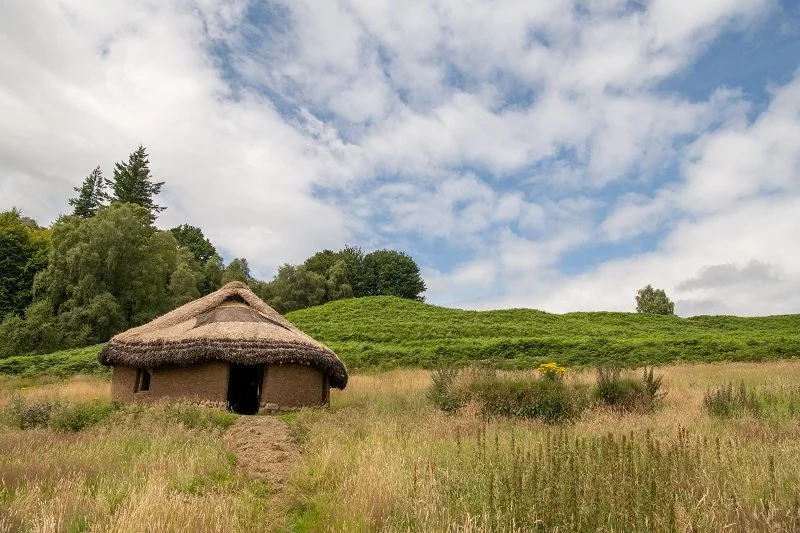Guest Blog: The Engine Shed - Grassroots Hutting
by Graham Briggs
All photo credits: The Engine Shed - see full original blog here
Grassroots Hutting: an architecture borrowed from the soil
Building a sustainable turf hut in Scotland using traditional skills and materials
How can local materials and ancient skills help us with sustainable building practices for the modern age? That’s a question we explored by constructing a traditional turf hut near Comrie, Perthshire.
Borrowed from the soil, at the end of its life the hut will melt back into the earth. But its legacy will leave a lasting impact on local communities, traditional builders, and building practices for the future.
“Traditionally huts were built using materials that were locally available at the time. In contrast, hutting builds today have embraced modern methods of construction and are often fabricated off site and delivered, rather than built of materials from the land. Our project seeks to challenge this narrative by making a structure using vernacular (local) materials sourced from the site itself to create a low impact, low carbon habitable space.”
The site, showing the half constructed hut, as well as the timber frame yet to be installed. Turf is being harvested right next to the site at the top right. The green, circular structure in the centre is a turf-walled bench we trialed earlier.
The grass bench (slightly darker patch of grass to the right of the hut) has started to melt back into the landscape and is almost invisible within the meadow. The bracken that was harvested the previous winter to provide roofing material has regrown.
“I’m very excited to see how the local communities, as they’re starting to take ownership of this building, are looking to move it forward and transform it from a skills exercise into a finished structure that can serve a modern purpose”
Workshop participants are working on a turf wall. Most work was done without machinery, relying on traditional hand skills.
“Materials and where they are sourced, how they are processed, and where they will end up, will need to be at the forefront of the discussion around how Scotland transitions to net zero. Small structures like the grassroots hut demonstrate what is possible with natural materials, an extremely local supply chain and skills by the local community.
While it may not be possible for us all to build our own turf huts, every turf block built instead of steel or concrete is one block closer to reducing the carbon footprint of the building industry. We can continue to pass down age-old skills through the generations, and find innovation and inspiration in the earth.”



